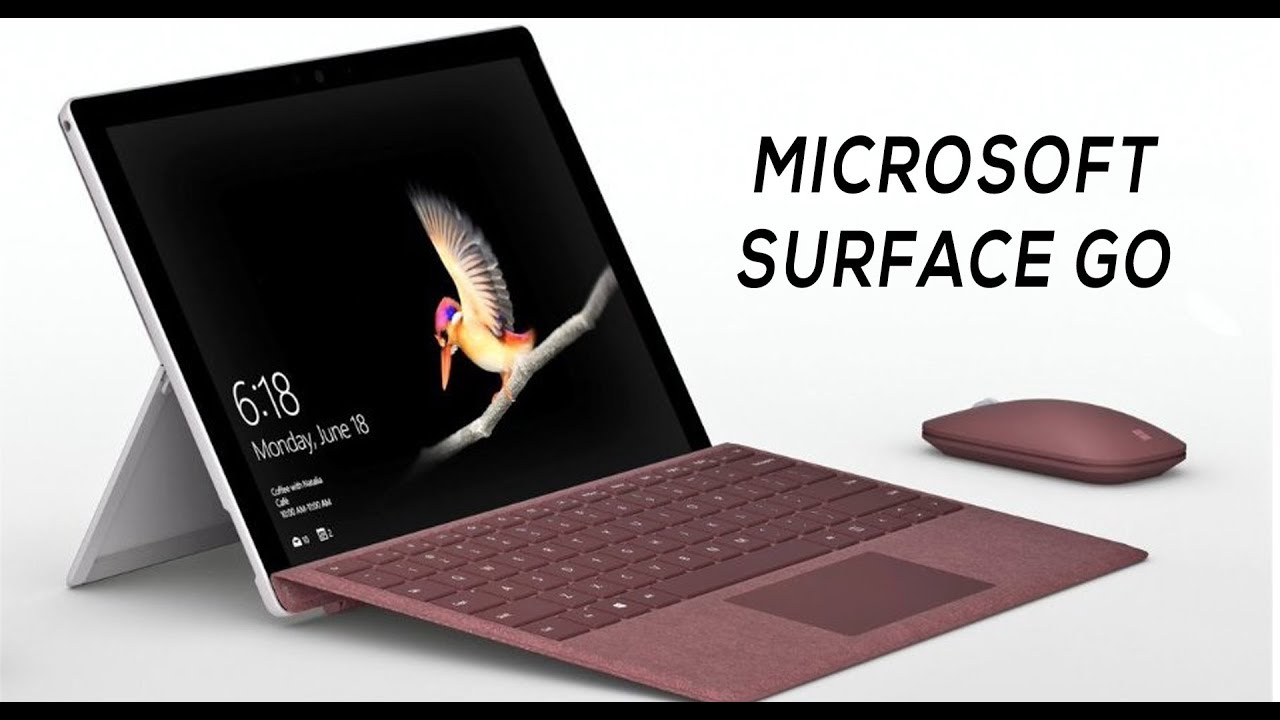Taking what is probably one of its first steps into the world of device-agnostic platforms, Microsoft’s new Surface Go seems to blur the lines between a PC and a tablet.
Although Microsoft is promoting the Surface Go as a PC, a lot of it’s internals resemble a tablet more than a desktop. For example, there are no traditional cooling components such as heat pipes or fans. Instead of this, Microsoft has used a copper heatsink and thermal paste.
The battery is obviously much smaller than the Surface Pro as well as the new Surface Book 2, but the device is definitely closer to a Windows 10 tablet than the portable PC that Microsoft claims it is. Or is it a segment-defining device?
One of the things that make it a device in a class of its own is the fact that the I/O options are nothing like what a typical tablet would have. There is the Surface Connect port, a USB-C port, a 3.5mm audio port and support for microSDXC.
With the Surface Go, it appears that Microsoft is setting the tone for ultraportable devices that have all the capabilities of a desktop PC and all the mobility of a tablet. This could be the first in a series of devices that will ultimately lead to the elusive Surface Phone, which is expected to run the full version of Windows 10 and yet have the mobility to be always connected to the internet thanks to its emulation layers on ARM processor and mobile modem components courtesy Qualcomm.
If we are right, then Microsoft will start releasing similar devices with incremental advances towards the ultimate Surface Phone. Add to that the fact that Microsoft is sending much of its mobile hardware design back to the drawing board, and it reveals a larger plan to address the smartphone market not with the flashy new device, but one that has capabilities far superior to any smartphone on the market today.
The release cadence for these devices could consume upto 2 years or more, but it will help Microsoft dig a permanent niche in the smartphone segment and help the company accomplish its objective of making Windows 10 a truly universal and device-agnostic operating system.



